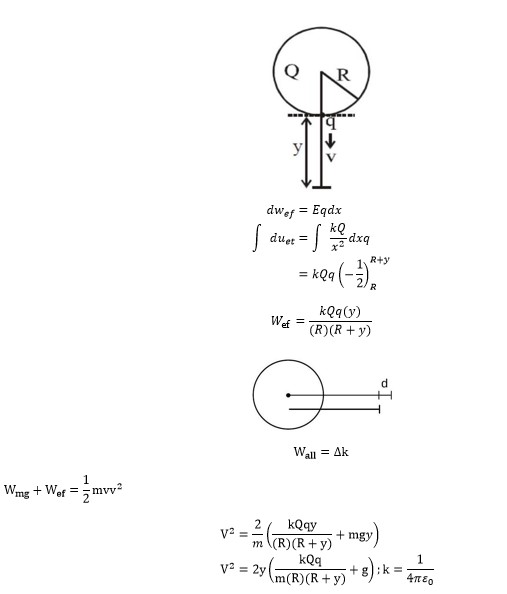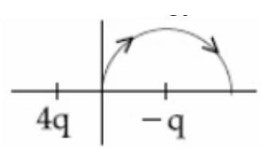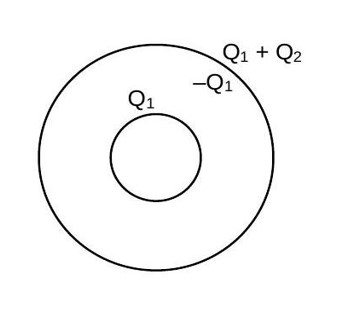Electrostatics
Get insights from 79 questions on Electrostatics, answered by students, alumni, and experts. You may also ask and answer any question you like about Electrostatics
Follow Ask QuestionQuestions
Discussions
Active Users
Followers
New answer posted
2 months agoContributor-Level 10
Q? = CV?
U? = ½CV? ²
q? = (q? C)/ (C + C/2) = 2q? /3
q? = (q? (C/2)/ (C + C/2) = q? /3; Uf = q? ²/2C + q? ²/2 (C/2)
= (4q? ²/9x2C) + (q? ²/9C)
= (6q? ²/18C) = q? ²/3C = CV? ²/3
Energy loss in the process = U? – Uf
= ½CV? ² - CV? ²/3
= CV? ²/6
New answer posted
2 months agoContributor-Level 10
When the two conducting spheres are connected by a wire, they will reach the same electric potential, V.
The total charge Q_total = 12µC + (-3µC) = 9µC. This total charge will redistribute.
Let the final charges be q? and q? + q? = 9µC.
The potential of a sphere is V = kq/r.
V? = V?
k q? /R? = k q? /R? ⇒ q? /R? = q? /R?
q? / (2R/3) = q? / (R/3) ⇒ q? /2 = q? ⇒ q? = 2q?
Substitute this into the charge conservation equation:
2q? + q? = 9µC ⇒ 3q? = 9µC ⇒ q? = 3µC.
Then, q? = 2 * 3µC = 6µC.
The final charges are 6µC and 3µC.
Taking an Exam? Selecting a College?
Get authentic answers from experts, students and alumni that you won't find anywhere else
Sign Up on ShikshaOn Shiksha, get access to
- 65k Colleges
- 1.2k Exams
- 679k Reviews
- 1800k Answers



